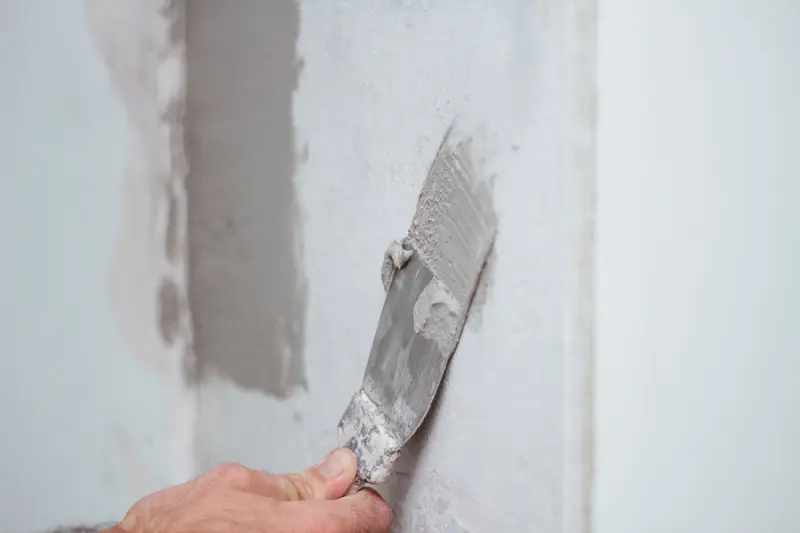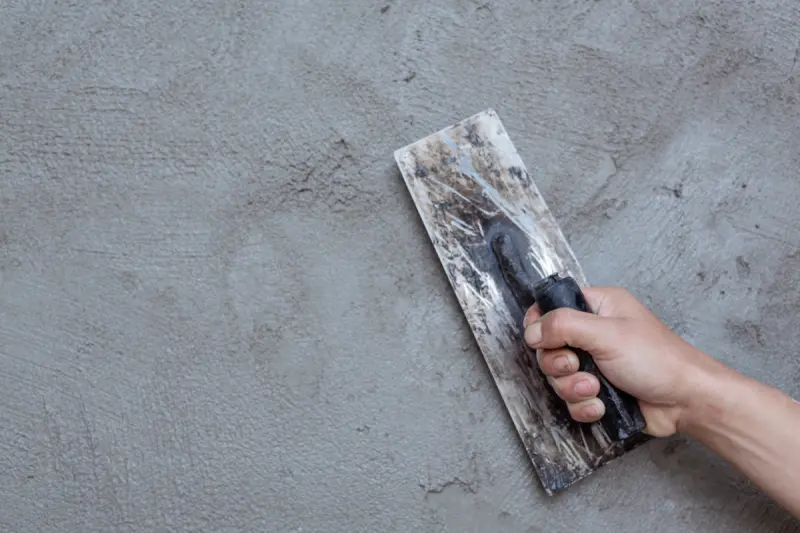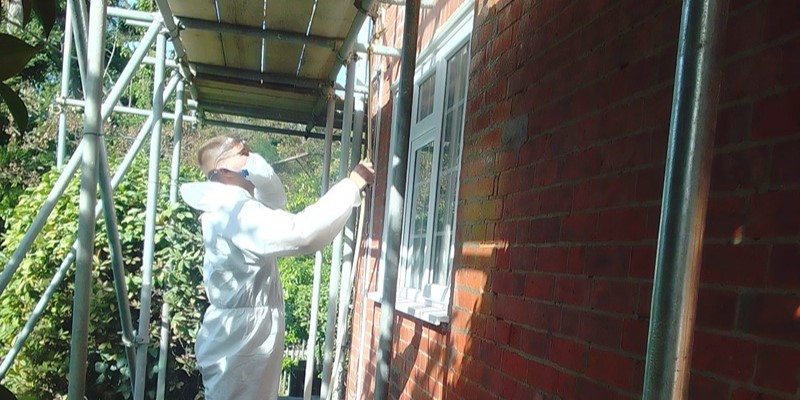We look at 'Basement Tanking and How Does It Work?' Learn about this essential waterproofing method helping prevent damage and structural issues in our comprehensive guide.
Understanding Basement Tanking
Basement tanking is a waterproofing method used to protect below-ground structures from water ingress. It involves applying a waterproof barrier to basement walls and floors, preventing moisture from seeping through the structure. This technique is essential for basements in areas with high groundwater levels or those prone to damp issues.
Without proper waterproofing, basements can suffer from damp, mould growth, and structural damage caused by persistent moisture. Tanking ensures that basements remain dry, making them suitable for storage, living spaces, or commercial use.
Different tanking methods are available depending on the level of water exposure and the condition of the property. By preventing water penetration, basement tanking helps to maintain the integrity and longevity of a building’s foundation.
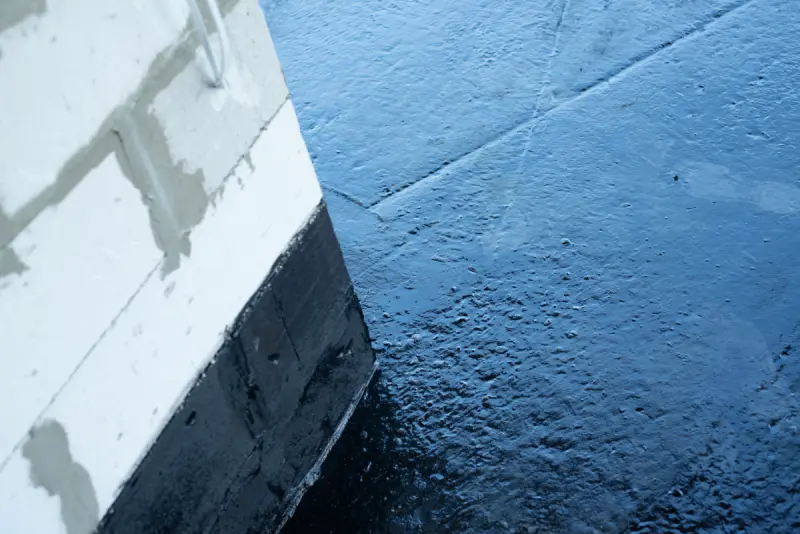
How Basement Tanking Works
Basement tanking works by creating a waterproof barrier that blocks moisture from entering the basement. This is achieved using specialised materials such as waterproof membranes, cementitious coatings, or drainage systems.
The process typically begins with surface preparation, where walls and floors are cleaned and repaired to ensure proper adhesion of the waterproofing material. Depending on the method used, a tanking slurry, membrane, or drainage system is applied.
Tanking slurry consists of cement-based coatings that form a watertight seal, while membranes create a physical barrier between the basement and external moisture.
In some cases, drainage systems are installed to channel water away from the structure. Each approach ensures the basement remains dry and resistant to damp problems.
Types of Basement Tanking Systems
There are two main types of basement tanking systems: positive-side tanking and negative-side tanking.
Positive-side tanking involves applying waterproof materials on the external walls of a basement before construction or during excavation. This method prevents water from reaching the structure, offering long-term protection.
Negative-side tanking, on the other hand, is applied internally to existing basements. It involves using waterproof coatings or membranes to block water from penetrating the walls. While effective, it is more of a reactive solution for properties already experiencing water ingress.
A third option is a cavity drainage system, which uses drainage channels and sump pumps to collect and remove water, providing an alternative to traditional tanking. The choice of system depends on the building’s design and level of water exposure.
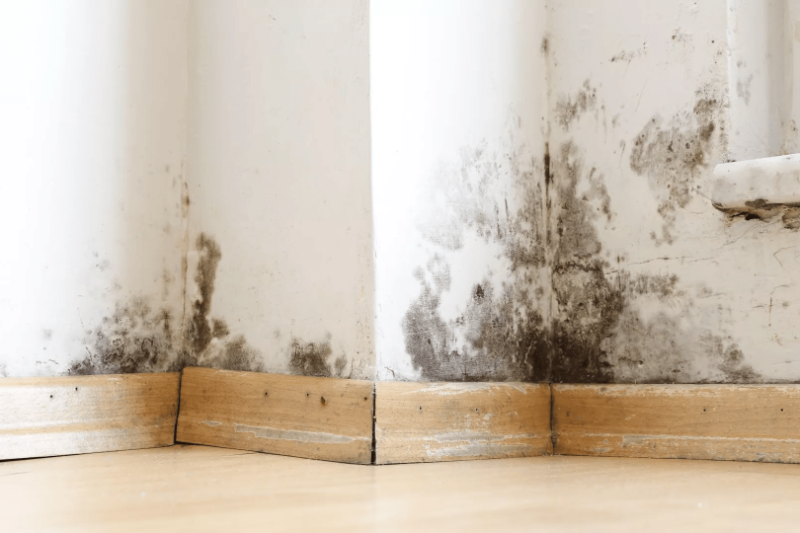
Benefits of Basement Tanking
Basement tanking provides multiple benefits, making it an essential solution for below-ground spaces. The most significant advantage is protection against water ingress, which prevents damp, mould, and structural damage. By keeping basements dry, tanking extends the lifespan of a building and reduces the risk of costly repairs.
Another benefit is the improvement of indoor air quality. Excess moisture can lead to mould growth, which can cause health issues. Tanking ensures a healthier environment by keeping humidity levels under control.
Additionally, waterproofed basements can be converted into usable spaces, such as extra bedrooms, home offices, or storage areas. This increases the property’s value and provides additional functional space without the need for extensions.
Common Problems That Basement Tanking Solves
Basement tanking is a practical solution to several common issues associated with underground spaces. One of the primary problems it addresses is damp and mould growth, which can damage walls, flooring, and furniture while also affecting indoor air quality.
It also helps prevent water leaks and flooding, which are common in properties built in high-water table areas or those exposed to heavy rainfall. Left untreated, water ingress can weaken structural elements and lead to long-term damage.
Another problem tanking resolves is efflorescence, a white, powdery substance that forms when water evaporates and leaves behind salt deposits. By keeping moisture out, tanking eliminates this issue and helps maintain the aesthetics and durability of basement walls.
If you're looking for basement tanking systems and services for your home or commercial building, contact Above Water Damp Proofing Ltd. It's essential to protect your property from water damage, structural damage, and harmful mould growth that could be bad for your health.


